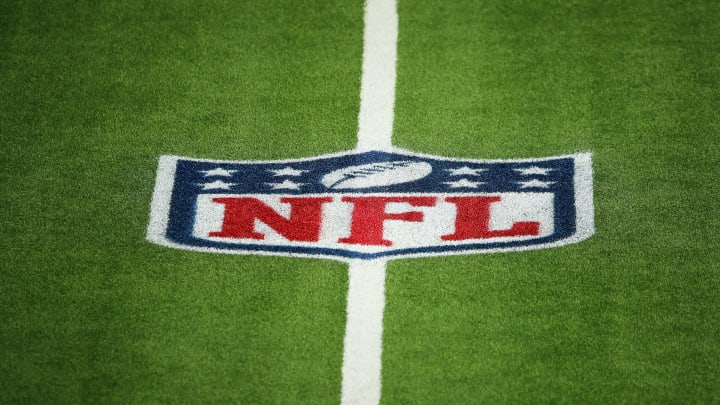NFL Ratings Decline Didn't Impact Value of TV Rights Deals

With Tony Romo now well established in the booth and no glaring issues to make fun of on other broadcasts, the conversation around NFL telecasts this year centered mostly on the ratings. For the most part they were down and prognosticators came up with a wide range of unfounded theories as to why that was happening, from player protests/empowerment to the election to cord-cutting to the very real issue of people being concerned about staying alive amidst a deadly global pandemic.
Yet amongst all the flapping gums, and the reality that the NFL's viewership decline followed a 2020 trend in the sports and entertainment worlds as whole, few wondered how it would impact the NFL's bottom line. The timing for renegotiating broadcasting rights deals this offseason, the largest yearly cash cow the NFL receives, seemingly couldn't have been worse given the decline in ratings. Turns out that narrative was as false as the theoretical reasoning behind declining viewership.
According to John Ourand of Sports Bisiness Journal, the NFL is expected to announce new broadcasting deals with FOX, NBC, CBS, ESPN and most likely Amazon in the next week or two. The cost for FOX, NBC and CBS to retain their current packages is around 100 percent more than they currently pay, with NBC and CBS paying around $2 billion per year in the new deal and FOX paying around $2.25 billion. Disney is expected to pay around $2.6 billion per year, which is $600 million more than it currently pays, and Amazon, which is expected to get Thursday Night Football, will pay "well above" what FOX paid this past year, which was $730 million.
Now, in fairness to all of the excellent reporting Ourand did, the NFL denied the Disney report and none of the deals are finalized. Ourand said FOX is "pushing back" at the reported $2.25 billion asking price, but added it won't stop a deal from getting done between them and the NFL. Assuming he's close on those figures, it's clear the decline in ratings this year had nothing to do with the final price these networks will pay to broadcast games on TV.
On the year, 67.5 percent (77-of-114) of broadcast windows saw a decrease in viewership, according to stats provided by Sports Media Watch. Every broadcast window during the playoffs was down except for Tom Brady vs Aaron Rodgers in the NFC Championship and Super Bowl ratings were the lowest in over a decade. Yet here we are less than a month later and these networks are going to pay more for less viewership. Substantially more.
The reason is simple. Even as NFL viewership declines, it still dominates yearly viewership ratings overall. According to Variety, seven of the top 10 broadcasts in 2020 were from the NFL and 28 of the top 100 were from the NFL overall. The 2020 college football national championship between LSU and Clemson was the seventh-most watched broadcast and Game 6 of the World Series was also in the Top 50.
Clearly sports still matter in the ratings game and the NFL remains the king poobah of ratings even in a down year. Broadcasters know this and so do advertisers. That's why the NFL can double the asking price for broadcasting rights amidst a crippling pandemic and signs that viewership is on the decline. It was interesting debating why that decline was taking place, but at the end of the day it meant nothing. The NFL still is getting paid.